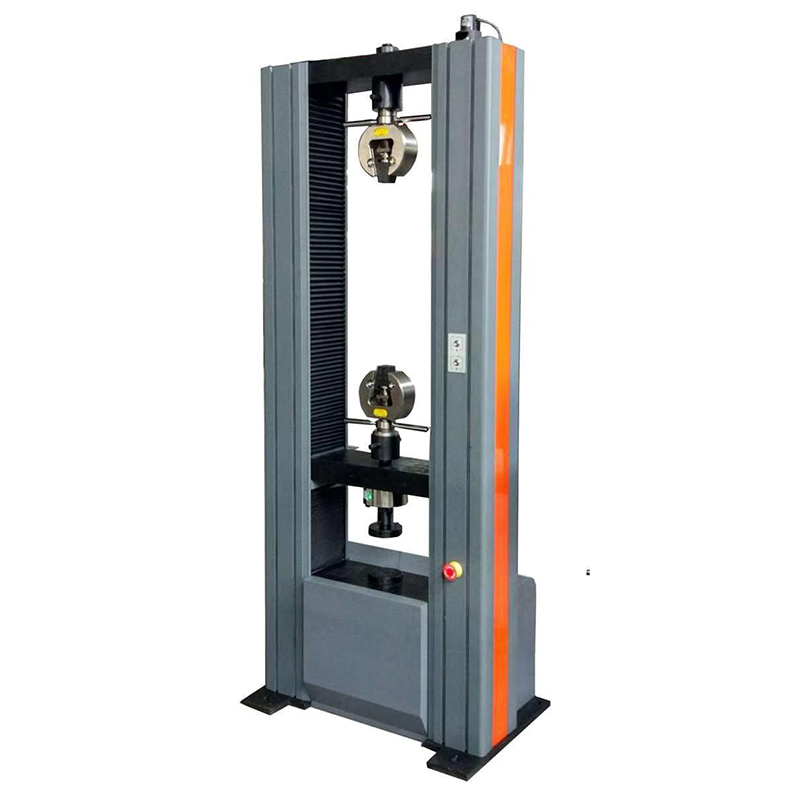Testing and Exporting Hot Set Cables for Quality Assurance in Industry
The Importance of Cable Hot Set Testing in the Export Industry
In an era where global trade continues to expand, the demand for high-quality electrical cables has surged dramatically. Manufacturers and exporters of electrical cables face an essential challenge ensuring that their products meet stringent international quality standards. One vital procedure that aids in this assurance is Cable Hot Set Testing, a method pivotal for determining the heat resistance and overall durability of cables before they are exported to various markets.
What is Cable Hot Set Testing?
Cable Hot Set Testing involves exposing cable materials to elevated temperatures and observing their behavior under these conditions. This testing method is crucial for materials that are used in high-temperature environments, where failure could have catastrophic consequences. The process typically involves heating the cable to a specified temperature while simultaneously applying a certain amount of mechanical stress. The cable is then held at this elevated temperature for a set duration, after which any dimensional changes, deformation, or failures are recorded.
Why is it Essential for Exporters?
1. Meeting International Standards Countries have specific standards and regulations regarding electrical components. For exporters, ensuring compliance with these standards is non-negotiable. Cable Hot Set Testing provides empirical data that demonstrates that the cables meet these rigorous requirements, making it easier to navigate complex regulatory landscapes.
2. Quality Assurance In the export business, reputation is paramount. Any failure of cables in the field can lead to costly recalls, damage to brand reputation, or even legal action. By implementing comprehensive testing procedures like Cable Hot Set Testing, companies can assure customers of the quality and reliability of their products. This proactive approach to quality management pays dividends in customer trust and repeat business.
3. Competitive Advantage As the market for electrical cables becomes increasingly saturated, having a robust testing protocol can serve as a differentiator. Exporters that can showcase superior testing and quality assurance processes have a better chance of standing out in a crowded marketplace. This differentiation can lead to higher sales, stronger partnerships, and an enhanced brand image.
4. Risk Management An often-overlooked benefit of rigorous testing methods, like Cable Hot Set Testing, is the risk mitigation aspect. By identifying potential weaknesses in the cable materials before they reach the consumer market, manufacturers can address design flaws, material quality issues, and other problems proactively. This not only saves substantial costs associated with failures but also enhances safety for end-users.
5. Adaptability to Environmental Conditions Exporting cables to various regions means dealing with diverse environmental conditions. Different climates can significantly affect the performance of electrical cables. Hot Set Testing allows exporters to tailor their products to specific geographic and temperature conditions, ensuring optimal performance wherever the cables are deployed.
cable hot set testing exporter

The Testing Process
The Cable Hot Set Testing process can be broken down into several key steps
1. Sample Preparation Cables are cut into standardized lengths to ensure consistent results.
2. Temperature and Stress Application The samples are subjected to predetermined temperatures and mechanical stress as defined by industry standards.
3. Duration of Testing The cables are maintained in this state for a fixed time, allowing the testing team to evaluate any changes in dimensions or material properties.
4. Measurement and Assessment After testing, the cables are measured for dimensional stability, and any deformation or failure is meticulously recorded.
5. Reporting Comprehensive reports are generated, summarizing the findings and certifying compliance with relevant standards.
Conclusion
Cable Hot Set Testing is not just a technical consideration but a vital component of a successful export strategy for electrical cable manufacturers. By embracing this testing methodology, exporters can ensure product compliance, guarantee quality, enhance their competitive position, and effectively manage risks. As global requirements for high-quality electrical components continue to evolve, committing to rigorous testing will undoubtedly be a key factor in shaping the future of the export cable industry. Investing in Cable Hot Set Testing is, therefore, an investment in assurance, quality, and long-term success in the global market.
-
Why the Conductor Resistance Constant Temperature Measurement Machine Redefines Precision
NewsJun.20,2025
-
Reliable Testing Starts Here: Why the High Insulation Resistance Measuring Instrument Is a Must-Have
NewsJun.20,2025
-
Flexible Cable Flexing Test Equipment: The Precision Standard for Cable Durability and Performance Testing
NewsJun.20,2025
-
Digital Measurement Projector: Precision Visualization for Modern Manufacturing
NewsJun.20,2025
-
Computer Control Electronic Tensile Tester: Precision and Power for the Modern Metal Industry
NewsJun.20,2025
-
Cable Spark Tester: Your Ultimate Insulation Assurance for Wire and Cable Testing
NewsJun.20,2025
 Copyright © 2025 Hebei Fangyuan Instrument & Equipment Co.,Ltd. All Rights Reserved. Sitemap | Privacy Policy
Copyright © 2025 Hebei Fangyuan Instrument & Equipment Co.,Ltd. All Rights Reserved. Sitemap | Privacy Policy
